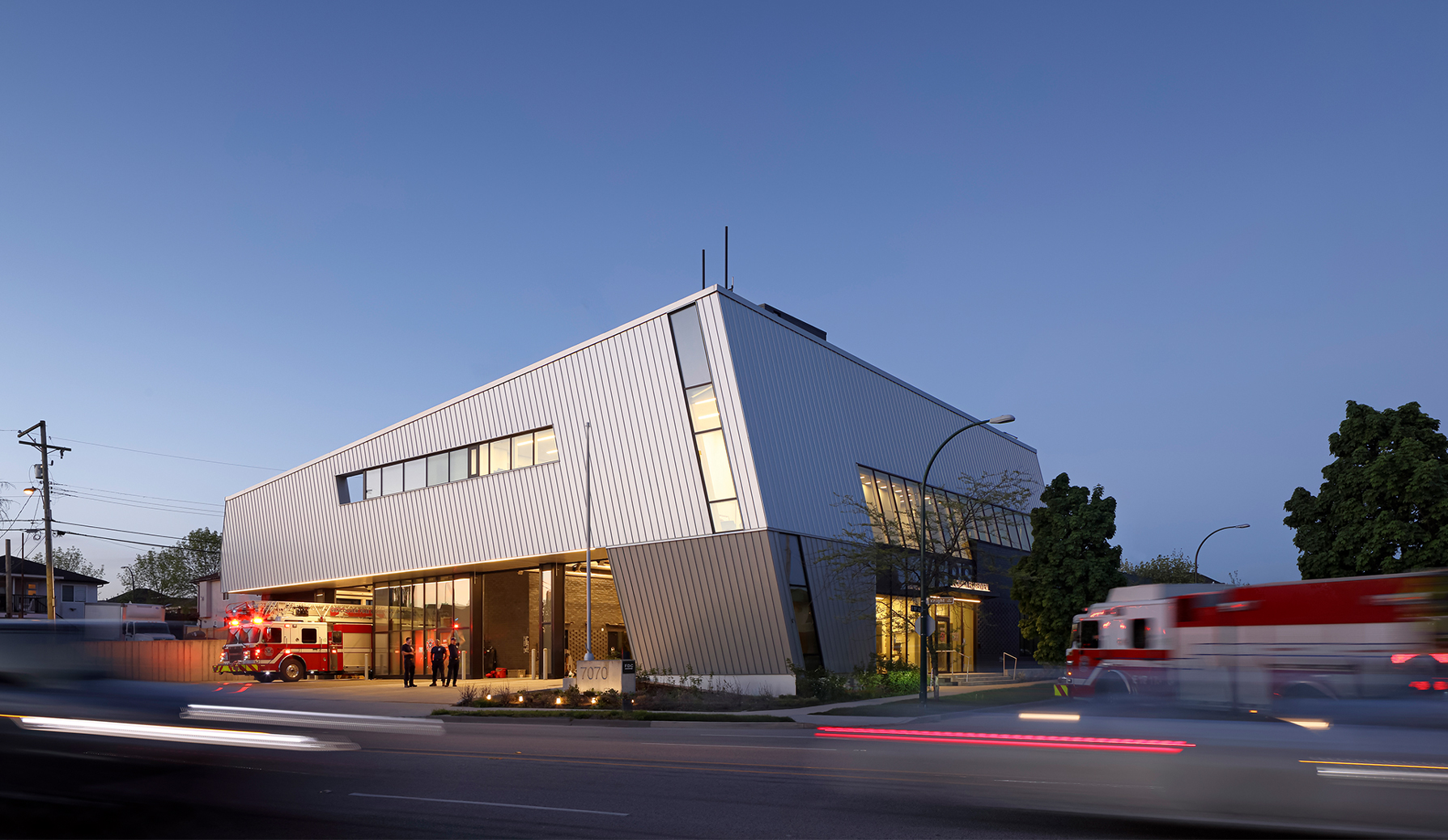There's a short answer to this question: Passivhaus and Passive House mean exactly the same thing. And a longer explanation.
Passivhaus is the original German spelling, while Passive House is how it's translated to English. The Passivhaus system for designing incredibly comfortable, healthy and energy-efficient buildings was developed in Germany in the early 1990s. The first home certified to the Passivhaus standard in Australia was in 2013.
Why are there two ways of referring to the same system? The Passive House Institute (PHI) in Germany wanted an English term used in English-speaking countries so when the concept began to gain traction in Australia, we called ourselves Passive House designers and the Australian Passive House Association (APHA) was established. But in 2022, members voted to change the organisation's name to Australian Passivhaus Association (APA) and like most all other designers, Envirotecture began to use Passivhaus too. Why the change?
Is Passive House just for homes?
In German, haus means building: buildings of all types, not just houses. So the English term Passive House isn't very accurate. It created an enduring misunderstanding that this system for designing sustainable, healthy buildings was only relevant to residential projects. That couldn't be further from the truth: around the world, there are Passivhaus offices, hospitals, schools, leisure centres, hotels, daycare centres, fire stations, retrofitted historic buildings and more! So shifting to the less specific German spelling was helpful in this regard.

Is Passive House the same as passive solar?
The second problem is that Passive House and passive solar have been quite widely confused. These are two different schools of thought or systems for designing thermally efficient homes. Passivhaus uses passive solar concepts where they are useful but is not constrained in the same way. It's not helpful when people mix them up or think they are equivalent.
Is Passivhaus a brand?
It's worth pointing out that Passivhaus/Passive House is not a trademarked term. This is a deliberate choice by PHI, which wants the system to be open source and as widely used as possible. But some experts argue that it is helpful to treat Passivhaus as if it were a brand and this is easier done with a novel term rather than a combination of English words—Passive House—each which already has its own meaning.
So there you have it. By whichever name you call it, Passivhaus is a brilliant system for designing radically energy-efficient buildings (of all types) that are incredibly healthy and comfortable for people and great for the environment. Their performance is accurately predicted at design stage and certification gives the assurance that the building owner has got what they were promised.
Read more about Passivhaus or browse Envirotecture's certified Passivhaus projects.

,
Company
Discover our people (and what it's like to work here) and awards we've won.
Explore our expansive library of resources for people interested in sustainable, healthy homes.


